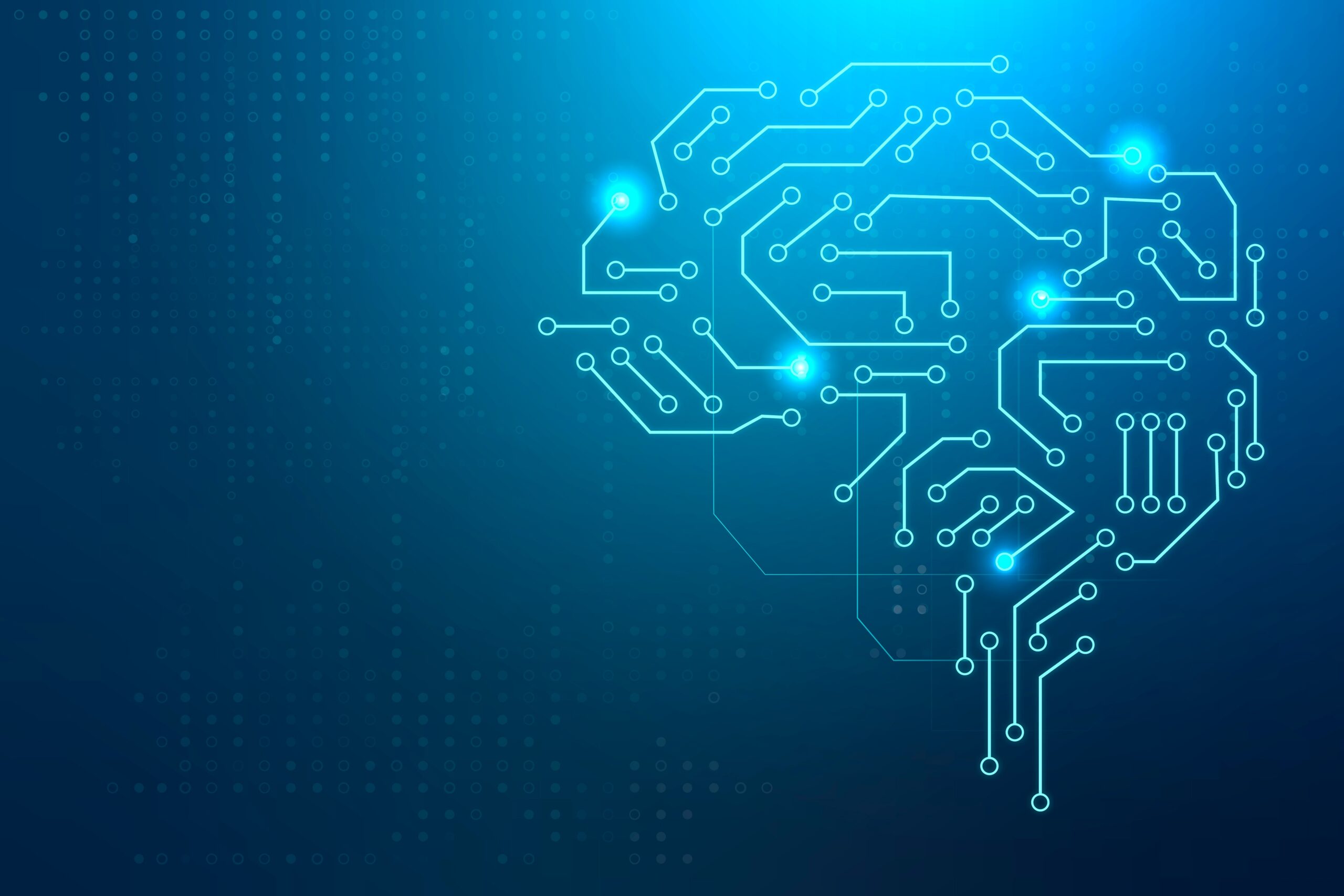By Joshua Ibibo – Cybersecurity Expert.
We are witnessing a paradigm shift in cyber warfare—one where artificial intelligence has become the most dangerous ally of cybercriminals.
Recent attacks in the UK highlight this disturbing trend. A ransomware assault on a West Lothian school disrupted critical learning systems, while the Co-operative Group became the latest corporate giant to suffer from a targeted cyberattack, exposing operational and customer data to risk. These are not isolated incidents—they are signs of a growing AI-powered threat landscape affecting both public and private sectors.
Cyber attackers are now deploying tools like FraudGPT and WormGPT to automate phishing, craft social engineering attacks, and generate malicious code at scale. Deepfake videos and synthetic voice clones are being used to impersonate executives and manipulate employees during high-stakes transactions. Even traditional malware has evolved into autonomous, adaptive code capable of bypassing conventional firewalls and antivirus systems.
While the threat is real, it is not insurmountable. Here is a core practical approach to combat these AI-driven cyber threats:
1. Establish a National and Enterprise-Level AI Threat Intelligence Hub
- Governments should lead by creating a central AI Cyber Threat Fusion Centre, integrating signals from private industry, academia, and law enforcement.
- Private organisations should subscribe to real-time threat intelligence feeds and collaborate with industry-specific Information Sharing and Analysis Centres (ISACs).
2. Adopt AI-Driven Defensive Systems
- Deploy AI-based threat detection platforms capable of identifying anomalies, zero-day exploits, and lateral movement across networks.
- Integrate Extended Detection and Response (XDR) solutions with Security Information and Event Management (SIEM) tools.
3. Zero Trust Security Architecture
- Enforce identity verification and least-privilege access at every layer of the network.
- Implement Multi-Factor Authentication (MFA) and continuous access validation for all users and devices.
4. Deepfake and Synthetic Media Detection
- Invest in deepfake detection technologies to safeguard against impersonation fraud in video meetings and voice communications.
- Train staff to spot behavioural cues and verify requests through out-of-band channels.
5. Incident Response and Recovery Readiness
- Both sectors must maintain regular tabletop exercises, incident playbooks, and cyber drills.
- Implement immutable backups, stored offline or in secure air-gapped environments, to enable fast recovery after ransomware attacks.
6. Cybersecurity Skills and Awareness Training
- Conduct mandatory cybersecurity training, including AI-specific threat modules, across all departments.
- Government should invest in nationwide digital resilience programs, particularly targeting schools, councils, and healthcare institutions.
7. Legislation and Compliance
- Strengthen legal frameworks around AI-generated content, identity misuse, and data privacy.
- Require vendors and service providers to demonstrate cybersecurity compliance, especially for cloud and critical infrastructure partners.
Conclusion
AI is a double-edged sword. While it empowers attackers with new capabilities, it also offers defenders the tools to fight back—if they act decisively. The private sector must integrate security into every layer of business operations, and governments must lead through investment, regulation, and collaboration. Only through a united, AI-aware cybersecurity approach can we secure the digital future.


